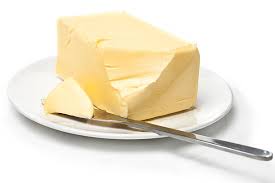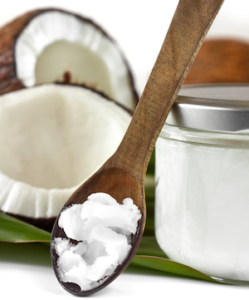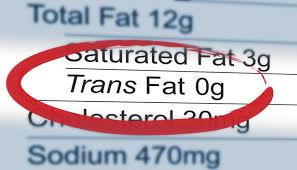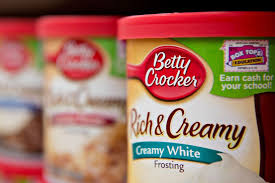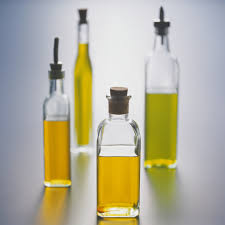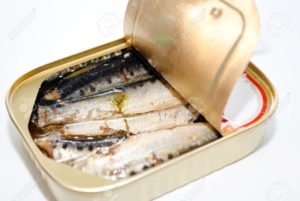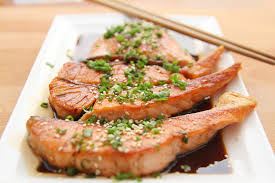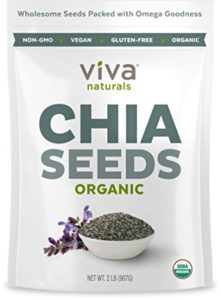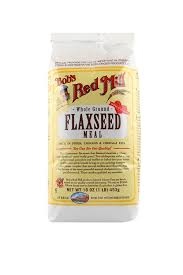Most of us have been brought up with the notion that eating fat is bad for our hearts and blood vessels. That is not entirely true; some fats do increase risk, others actually lower risk for heart disease.
Substituting poly and mono-unsaturated fats for saturated fats and totally avoiding ‘trans’ fats helps lower blood cholesterol and triglycerides, which in turn lowers risk for heart disease. http://circ.ahajournals.org/content/early/2017/06/15/CIR.0000000000000510
Saturated fats
Saturated fats are naturally solid at room temperature (e.g., the fat in beef and pork, milk fat or butter, eggs and even coconut oil). We do not need to totally avoid these, but we do need to limit them. The recommendation is to keep saturated fats to less than 10% of our total calorie intake (that would be 200 calories in a typical 2000 calorie/day diet. That translates to about 20 gm of Saturated fat/day, equal to about 1 3/4 tablespoons of butter (remember that we get saturated fat in fatty meats and eggs as well as in butter, coconut oil, palm oil or lard added to foods).
Trans fats
Trans fats are polyunsaturated fats that have been altered to make them solid at room temperature. This makes them very stable–they can be heated to very high temperatures and used over and over again in deep fat fryers, and they do not become rancid for a long time at room temperature (e.g., in processed foods that are ‘good’ for a few years). We really want to avoid trans fats as much as possible; the way to do that is to avoid processed baked goods, deep fried fast foods, chips, and movie popcorn unless the products say that they are made without trans fats. Read the ingredient panel on processed foods, if it says the food contains “partially hydrogenated oil” it contains some trans fat. The nutrition label can say ‘0’ trans fats as long as it contains less than 0.5 gm per serving. Sometimes the serving size on the package is very small, so we might eat 2-4 servings; in those cases that small amount of trans-fat can add up.
Polyunsaturated and monounsaturated fats
Polyunsaturated fats and monounsaturated fats; both types are liquid at room temperature; monounsaturated fats will become solid in the refrigerator.
Sources of polyunsaturated fats are canola oil, corn oil, safflower oil, fish oil and some of the oils in nuts and seeds.
The most well known source of monounsaturated fat is olive oil, others include peanuts, cashews, sunflower oil, and avocado.
Both of these types of fats help lower cholesterol levels and have been shown to improve risk for heart disease.
Omega 6 vs Omega 3 fatty acids
Polyunsaturated fatty acids come in two forms: omega 6 and omega 3 fatty acids. Omega 6 fatty acids are most plentiful in our food supply; we get them from most vegetable oils, as well as part of the oil in nuts and seeds.
Omega 3 fatty acids are less plentiful, but have special properties that improve our heart health.
Certain omega 3’s improve the eye and brain health of unborn babies, DHA and EPA. These are found in high levels in fatty fish, but not in vegetable sources of omega 3’s. Eating fish 2-3 times per week will help insure that you get these valuable fatty acids; if you do not eat fish, you can eat foods fortified with DHA and EPA or take a fish oil supplement. Excellent sources of DHA and EPA include: salmon, young albacore tuna, trout, pacific or Boston mackerel, anchovies, herring, smelt, and sardines. Good sources include halibut, catfish, mahi mahi, ono or wahoo, oysters, and wild striped bass. (I purposely did not list fish that are high in mercury; the fish listed above all have negligible to low levels of mercury)
Vegetable sources of omega 3’s include flax seed oil and ground flax seed, canola oil, chia seeds, hemp seeds. Foods that have smaller amounts of omega 3 fatty acids include grass fed beef, eggs from chickens fed omega 3 fatty acids, avocado, soy oil. Our bodies can make small amounts of DHA and EPA from vegetable sources of omega 3’s. All of these foods can benefit your heart!
It is important to note that no source of fat is all saturated or all mono or polyunsaturated; I have listed foods highest in each form of fat above.
You do not need to eat a “low fat diet” to improve your heart health or lower your cholesterol or triglycerides.
Make some changes in the fats in your diet today to improve your heart health!

